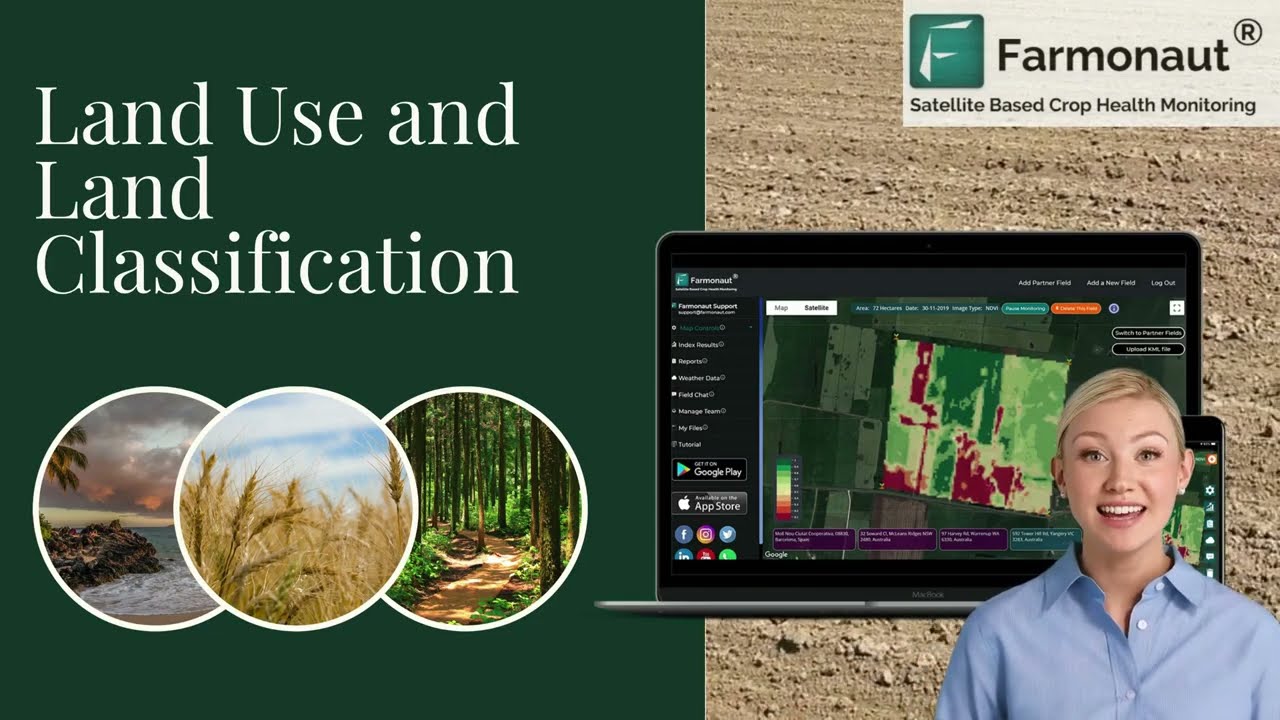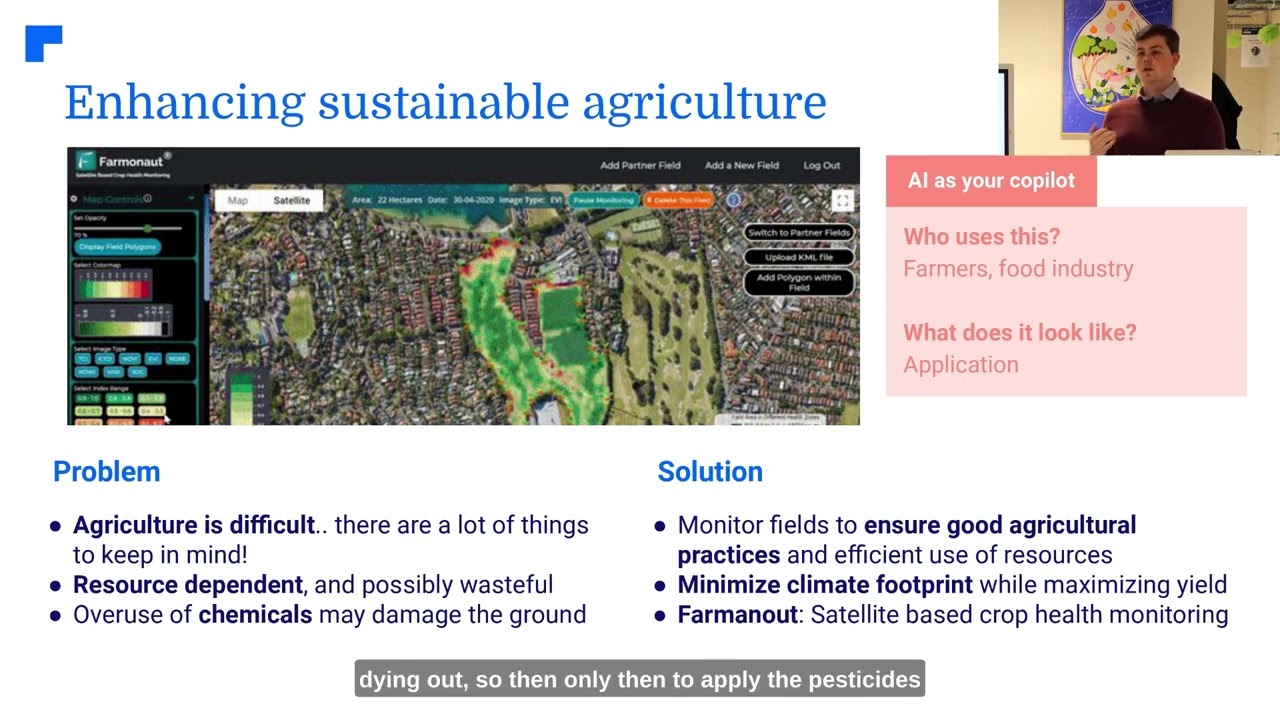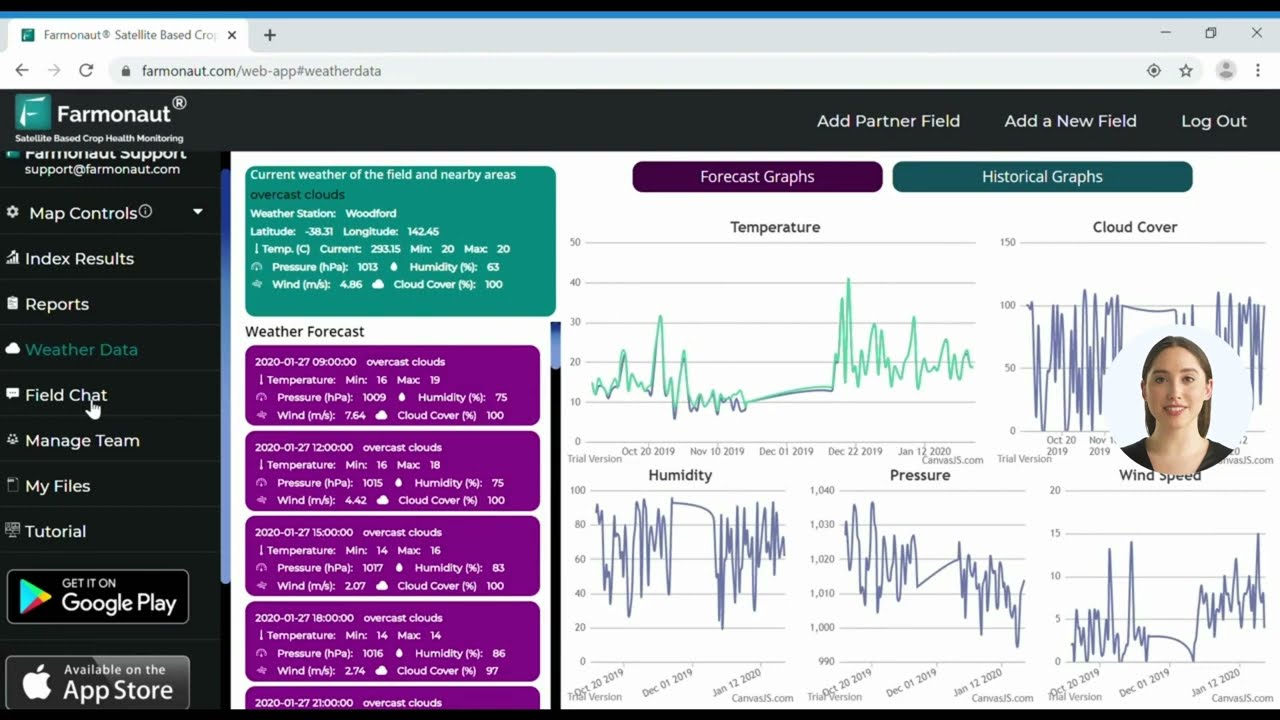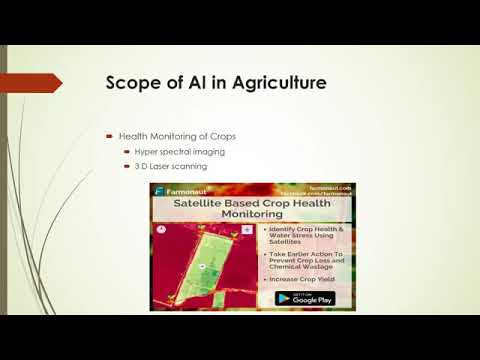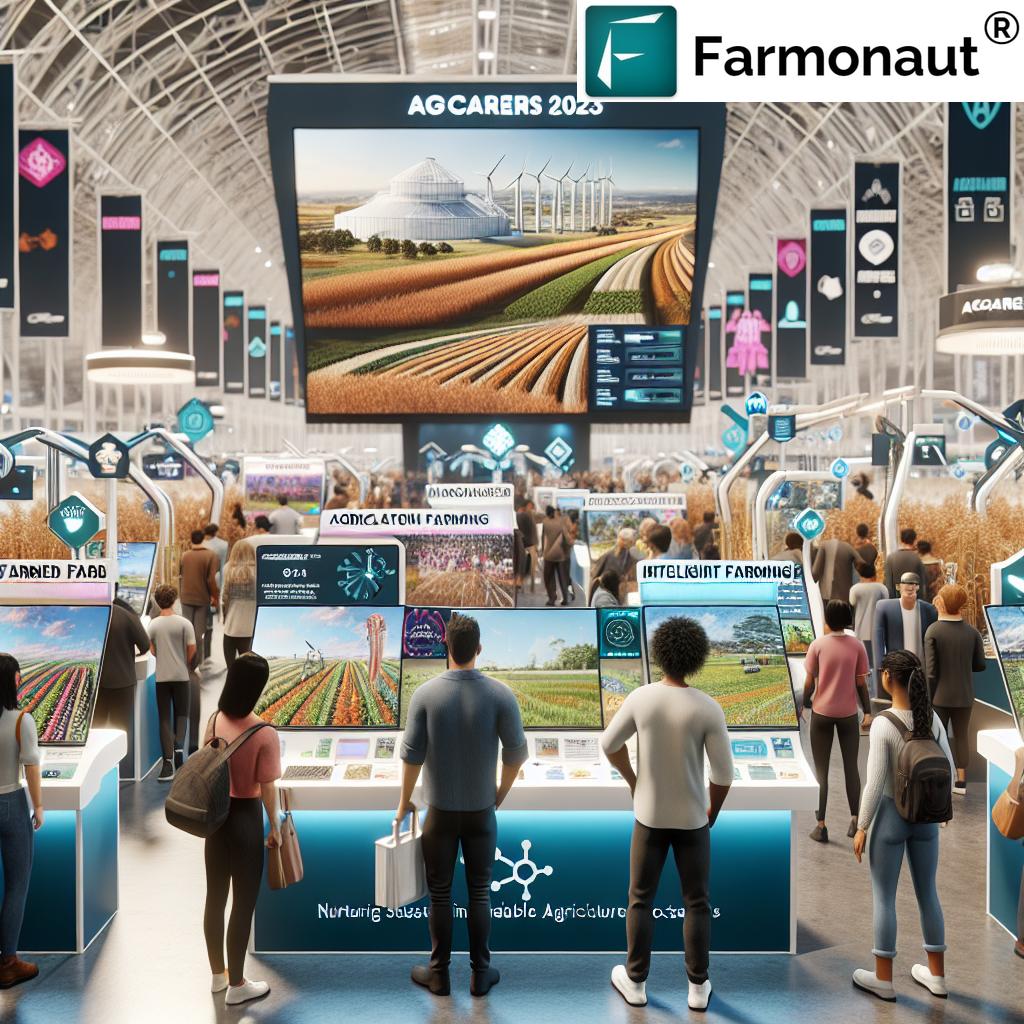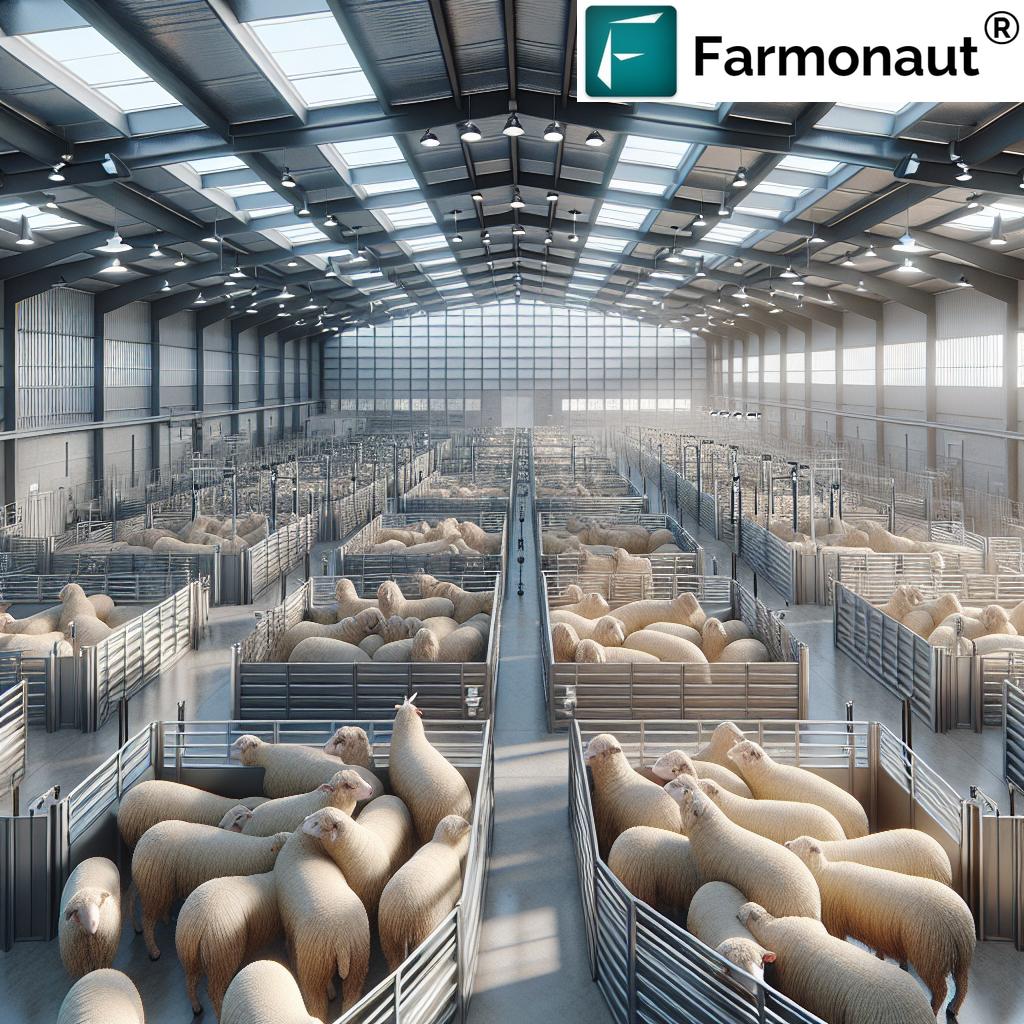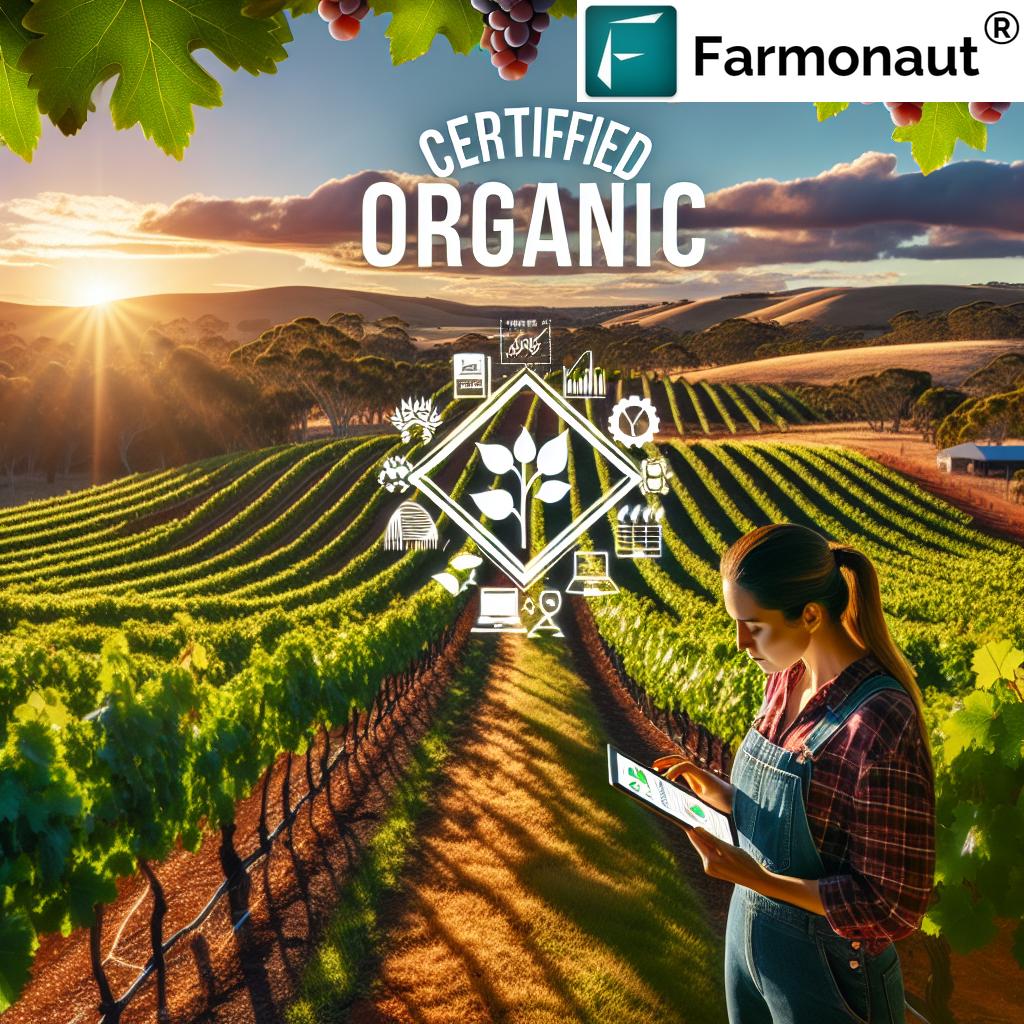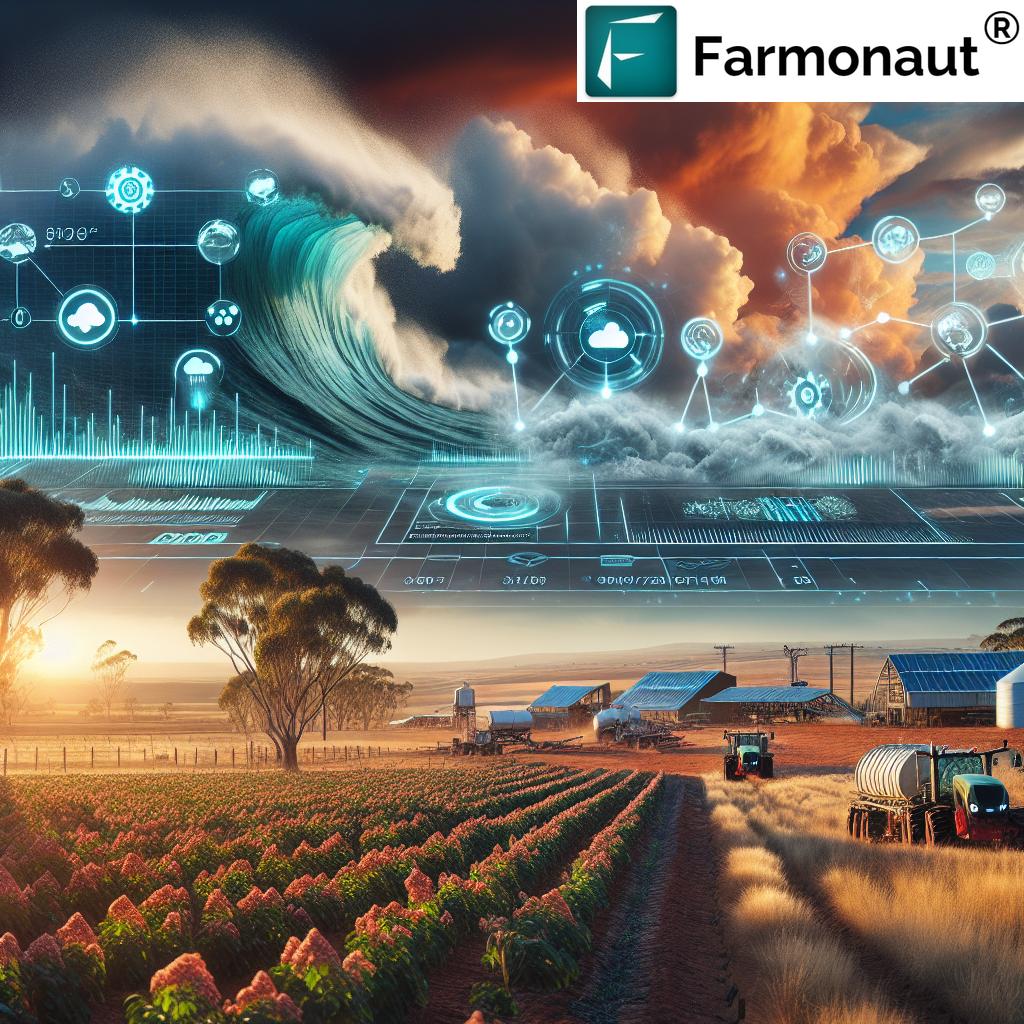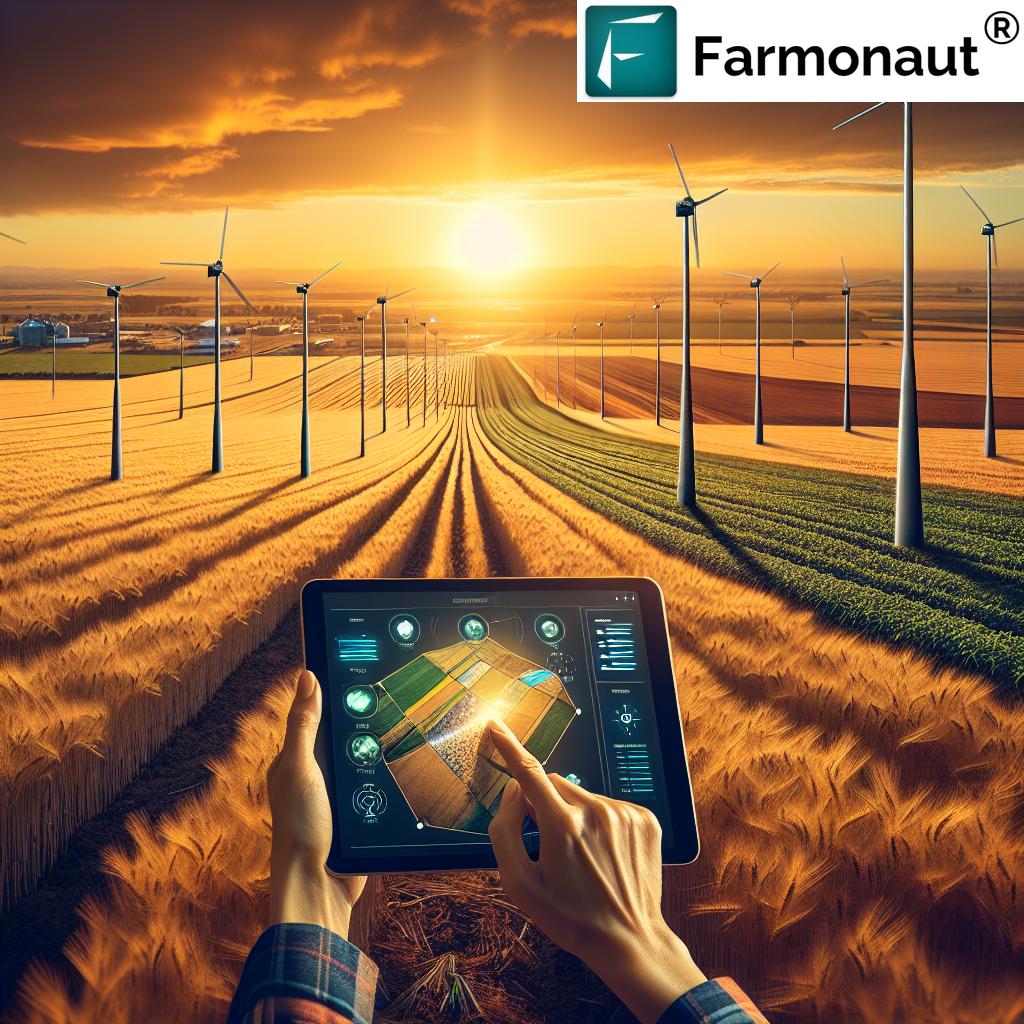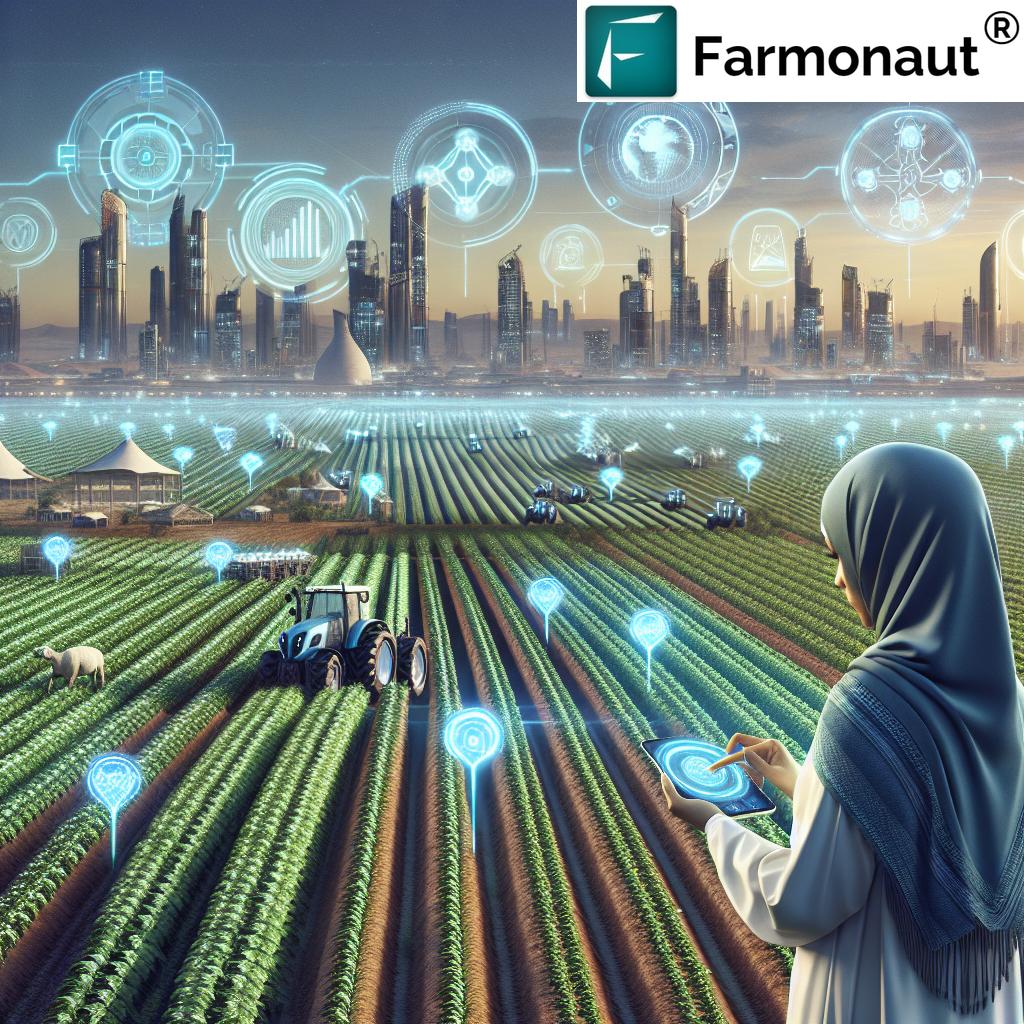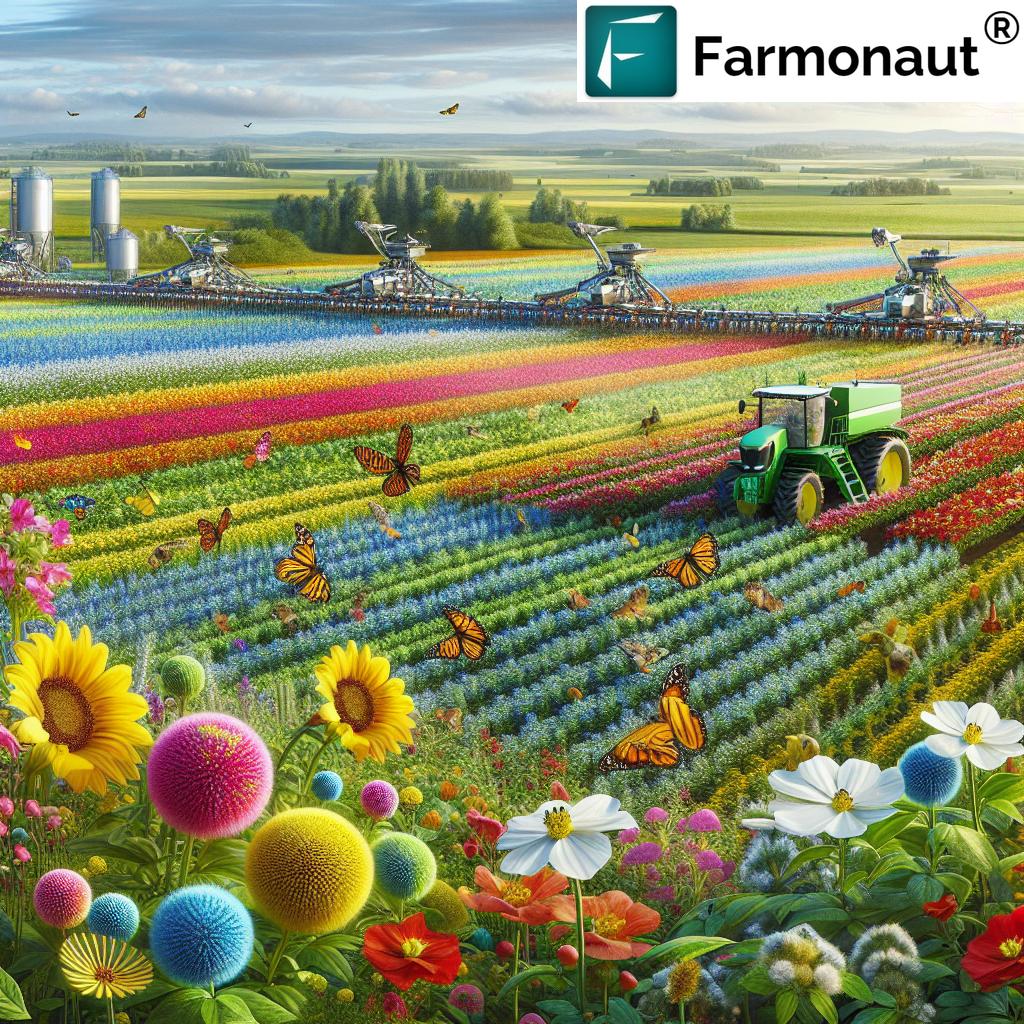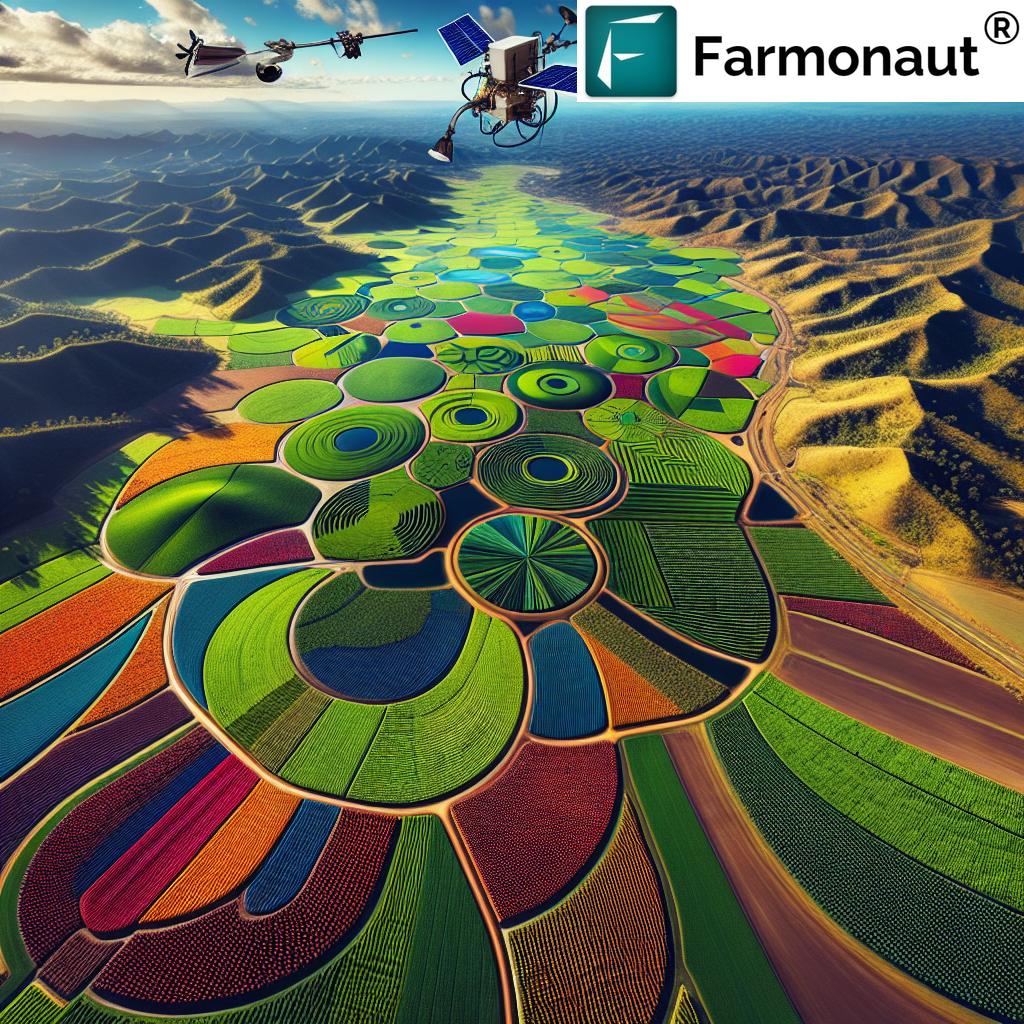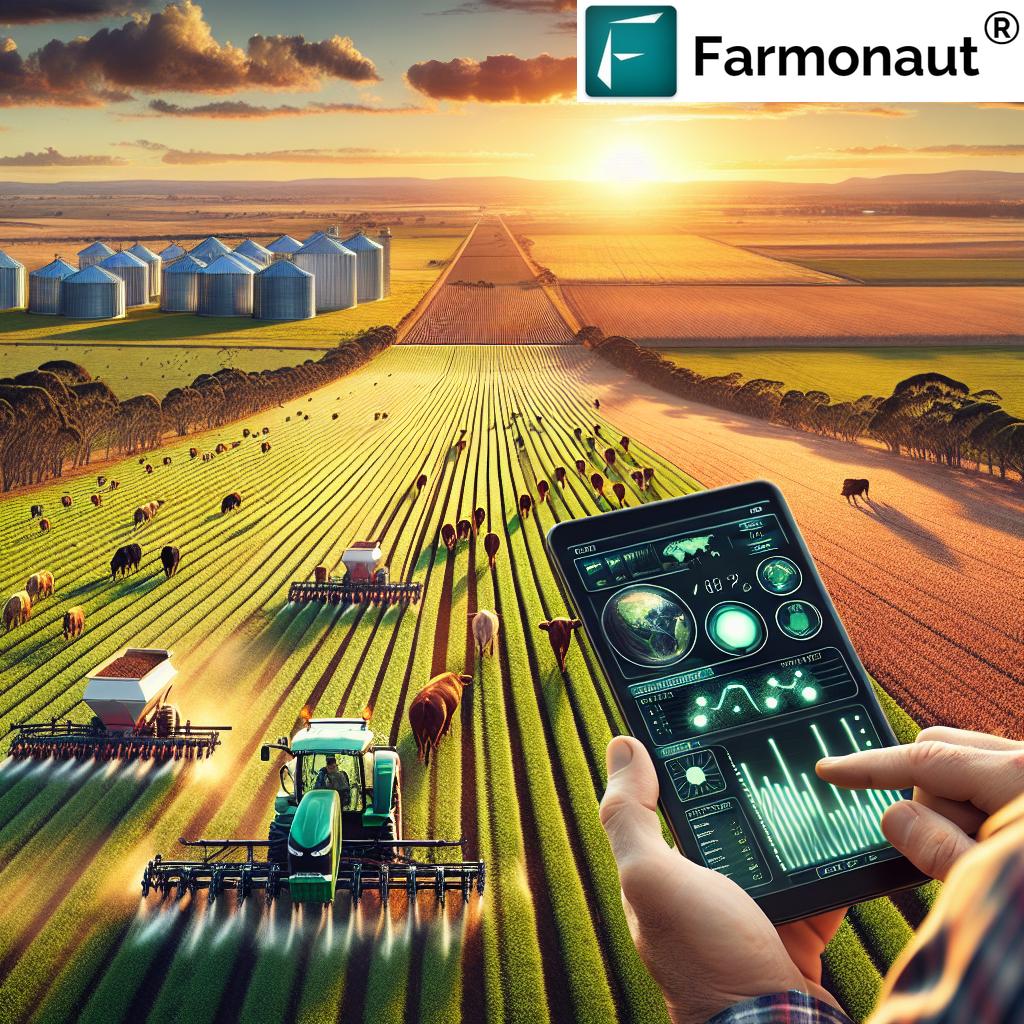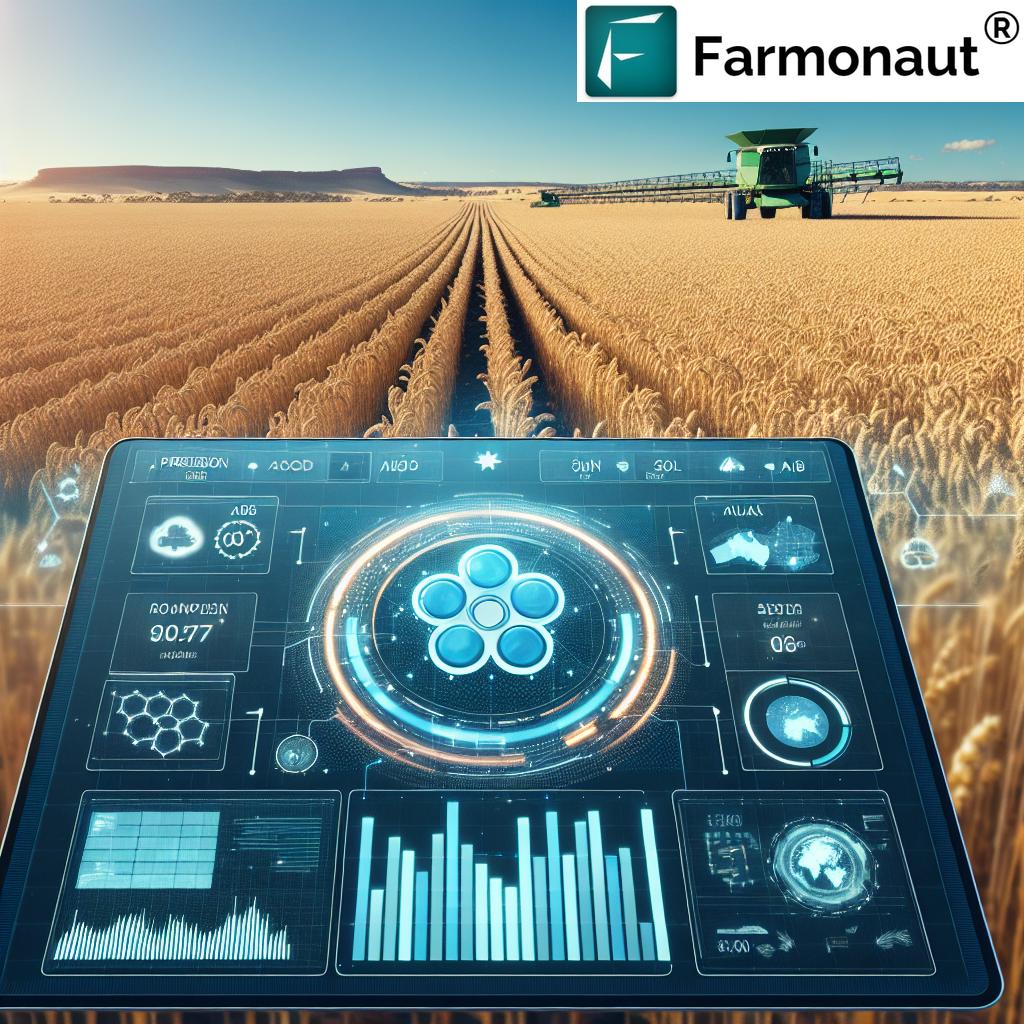Future of Farming Technology: 7 Shocking Aussie Breakthroughs
“Australian biotech crops increased yields by up to 30% in pilot studies, revolutionizing food production efficiency.”
Transforming Agriculture: The Future of Farming Technology in Australia
The future of farming technology is more than just a vision—it’s rapidly becoming reality, fundamentally reshaping the landscape of agriculture across Australia and beyond. From ground-breaking advancements in precision agriculture and smart farming solutions to revolutionary breakthroughs in biotechnology in agriculture, the industry is witnessing a paradigm shift. Our crops, fields, and farming practices are being transformed by technology that promises not just higher productivity, but increased sustainability, resource efficiency, and resilience.
Whether through data analytics in farming, AI-driven decision-making, or satellite-powered tools, agricultural innovation is helping us address age-old challenges such as unpredictable weather patterns, soil health, and efficient use of water and nutrients. In this in-depth guide, we explore seven shocking Aussie breakthroughs—from drones to gene-editing, vertical farms to IoT in agriculture—that are laying the foundation for a smarter and more secure future.
The 7 Shocking Aussie Farming Technology Breakthroughs
Australia stands at the forefront of agricultural innovation, piloting advanced technologies that not only meet local challenges—extreme weather, vast landscapes, limited water—but also set global precedents. These seven key breakthroughs are at the core of the nation’s future of farming technology:
- Precision Agriculture Enabled by IoT and Remote Sensing
- Smart Drones and Autonomous Machinery
- Biotechnology and Genomic Engineering of Crops
- Data Analytics, AI, and Blockchain for Farm Management
- Vertical Farming Technology
- Agrivoltaics and Sustainable Land Use
- Advanced Robotics and Farm Automation
Precision Agriculture: Optimizing Every Inch of Your Field
The core of the future of farming technology lies in precision agriculture—the use of cutting-edge digital tools to monitor, analyze, and manage the natural variability within every field. By leveraging data, analytics, IoT in agriculture, and remote sensing, we can optimize resource use, improve yields, and reduce input costs, while minimizing environmental harm.
Key Components of Precision Agriculture
-
IoT in Agriculture: Smart Sensors and Devices
Smart sensors and internet of things (IoT) devices are revolutionizing how we collect data on soil moisture, temperature, and nutrient levels. Real-time data enables precise irrigation and fertilization interventions, minimizing waste and maximizing crop yields.
Farmonaut’s platform offers affordable satellite-based solutions that empower everyone from individual farmers to agribusinesses to integrate advanced, IoT-linked agricultural data into daily operations. -
Drones and Remote Sensing
Equipped with multispectral and hyperspectral imaging systems, today’s agricultural drones can monitor crop health, detect diseases early, and analyze growth stages for timely management.
Drones also assist in mapping field variability and optimizing the use of seeds, fertilizers, and water—leading to better productivity and environmental outcomes. -
Autonomous Farm Machinery
Self-driving tractors and harvesters now perform repetitive tasks like planting, weeding, and harvesting with unprecedented accuracy. This reduces labor needs and eliminates common human errors in large-scale operations.
Precision agriculture delivers immense value by providing field-by-field insights, helping us optimize every input while maintaining sustainability standards and reducing environmental impact.
-
Satellite Monitoring
Leveraging satellite imagery for soil health diagnostics, moisture detection, and resource mapping enhances our ability to quickly respond to crop stress events.
Farmonaut’s satellite-based monitoring tools deliver real-time, actionable indicators like NDVI directly to both smallholder farmers and agribusinesses, promoting data-driven and efficient farm management.
“Precision agriculture has reduced fertilizer use by 20% on Aussie farms, cutting costs and environmental impact.”
Biotechnology and Genomics: Rewriting the Rules of Growth
Modern biotechnology in agriculture is leading to the development of crops with remarkable traits such as higher yields, improved nutrition, pest resistance, and climate adaptability. The marriage of genomics, CRISPR gene editing, and synthetic biology allows us to design, enhance, or even create entirely new plant varieties that withstand Australia’s often harsh and variable climate.
- CRISPR Gene Editing: Enables precise DNA modifications for targeted trait development—from drought tolerance to enhanced nutrition—changing agriculture at the genetic level.
- Synthetic Biology: Moves beyond traditional genetic engineering by constructing new biological systems or redesigning existing organisms to serve specific, sustainable farming needs.
These technological advancements, piloted and adopted across Australia, have already been shown to increase yields by up to 30% in test scenarios—an extraordinary leap for food security and productivity.
- Biotech-Enhanced Seeds: Custom-bred to thrive in Australia’s variable soils and weather, these seeds optimize water and nutrient use, further reducing our footprint and increasing food security.
Biotechnology also underpins innovation in microbial soil supplements for carbon sequestration and climate resilience, offering a pathway towards carbon-neutral and environmentally sustainable food systems.
Data Analytics and Artificial Intelligence: Powering Decisions in Smart Farming Solutions
As we move forward, data analytics in farming and artificial intelligence (AI) are giving rise to predictive, efficient farms. These solutions analyze immense amounts of data—weather patterns, soil conditions, yield histories, and more—to provide real-time, actionable insights that improve every facet of farming.
- AI-Based Advisory Systems (like Farmonaut’s Jeevn AI): Deliver personalized, real-time crop management advice, combining field data, weather forecasts, and expert agricultural practices to boost productivity and resilience.
- Predictive Analytics and Machine Learning Algorithms: Analyze historical patterns—from rainfall to pests—to provide advance warnings and optimize resource use.
- Blockchain Technology: Ensures total traceability of farm produce, making supply chains more transparent, fraud-resistant, and trustworthy. Farmonaut’s blockchain traceability platform is already in use across multiple agricultural industries for this very reason.
This smart, integrated approach enhances farm management from soil preparation and planting to harvesting—all while reducing labor, resources, and risk.
- Resource and Fleet Management Tools: Sophisticated platforms such as Farmonaut’s fleet management solution let us monitor, deploy, and optimize our agricultural machinery and field operations, reducing costs and maximizing efficiency for larger farms and agribusinesses.
Sustainable Farming Practices: Farming for a Green Tomorrow
The future of farming must be sustainable. Innovations in sustainable farming practices now ensure increased yields while safeguarding the planet’s vital resources. Australia has rapidly adopted methods that conserve land and water, drive down input usage, and support food security.
Major Sustainable Innovations
- Vertical Farming Technology: Growing crops in vertically stacked layers within controlled indoor environments drastically reduces land use, water consumption, and pesticide reliance. This is especially impactful in urban and arid regions where traditional farmland is limited.
- Agrivoltaics: Combining solar panels with crop production enables dual land use for renewable energy generation and agriculture, enhancing farm profitability and sustainability.
- Aeroponics: This soil-free method uses fine nutrient mist to feed plant roots directly, slashing water use and permitting cultivation in non-traditional settings.
By integrating these practices with carbon footprint tracking systems, such as those from Farmonaut, farms can now actively measure and manage their environmental impact—and work towards net-zero farming.
- Large-Scale Farm Management Solutions: Centralized monitoring platforms support government and large agro organizations in scaling sustainability efforts and ensuring compliance across extended networks of farms.
Emerging Technologies: Shaping Tomorrow’s Agriculture
The pace of technological advancement in agriculture shows no sign of slowing down. Emerging technologies are making farms smarter, more productive, and more adaptable to a rapidly changing world.
- Nanotechnology in Agriculture: Miniaturized nanosensors track soil health, detect pathogens, and deliver agrochemicals with pinpoint precision—reducing chemical use and environmental impact.
- FarmBot Automation: Open-source FarmBot robots bring automated planting, watering, and crop monitoring to even the smallest plots, democratizing access to advanced farm management.
- Precision Livestock Farming: Wearable sensors and cameras monitor animal health and behavior, supporting welfare, improving yields, and enabling early interventions.
From automated crop insurance verifications for the financial sector (see Farmonaut’s crop loan and insurance verification services) to integrating AI-driven analysis into government oversight, these tools are ushering in a new era of transparency and efficiency across food production networks.
Comparison Table of Australian Farming Technological Innovations
| Name of Innovation | Year Introduced (Est.) | Main Technology Used | Key Benefits | Estimated Yield Improvement (%) | Adoption Rate in Australia (%) |
|---|---|---|---|---|---|
| Precision Agriculture Drones | 2018 | Remote Sensing & IoT | Real-time crop health assessment, reduced chemical use | 15–25 | 45 |
| Biotech-Enhanced Seeds | 2017 | CRISPR Gene Editing/Synthetic Biology | Higher yield, drought resistance, nutrient optimization | 30 | 35 |
| IoT-based Soil Sensors | 2016 | IoT & Smart Sensor Technology | Precise irrigation/fertilization, reduces waste | 18 | 39 |
| Autonomous Farm Machinery | 2019 | AI, GPS, Robotics | Reduced labor, enhanced efficiency, 24/7 operations | 22 | 22 |
| Vertical Farming Technology | 2020 | Controlled Environment Agriculture (CEA) & Hydroponics | Maximizes land use, conserves water, year-round crops | 35 | 12 |
| Blockchain Traceability | 2021 | Blockchain & Data Analytics | Transparent supply chains, food trust, fraud reduction | — | 9 |
| Agrivoltaics | 2022 | Solar & Agricultural Dual-Use Tech | Dual-use land, renewable energy & crop revenue | 15 | 7 |
How Farmonaut Leads the AgriTech Revolution
In the Australian agricultural landscape, one name consistently stands out for integrating cutting-edge data analytics with real-world impact: Farmonaut. As a dedicated technology partner for precision agriculture, Farmonaut’s solutions put affordable, powerful, and data-driven insights into the hands of both smallholder farmers and agribusinesses.
- Satellite-based Crop Health Monitoring: Access to multispectral imagery and NDVI maps, so we can monitor soil moisture, crop stress, and growth at any scale—direct from mobile, web, or API.
- AI-powered Farm Advisory (Jeevn AI): Real-time predictions, expert guidance, and weather alerts that increase yield, optimize inputs, and reduce risk.
- Blockchain Traceability: Transparency from farm to fork, streamlining compliance and building trustworthy supply chains across food, textile, and export sectors.
- Fleet & Resource Management: Monitor vehicles, machinery, and resources using systems like Fleet Management and Large-Scale Farm Management, centralizing control for complex farm operations.
- Carbon Footprinting & Sustainable Tracking: Comply with environmental regulations and drive real change towards a greener, more efficient farm with Farmonaut’s carbon measurement tools.
- API Access for Developers: Integrate all these features—satellite, weather, AI—directly into custom farm management or research projects using the Farmonaut Satellite & Weather API and get technical support from the API developer documentation.
With a subscription model designed for flexibility—from individual fields to nationwide monitoring—Farmonaut ensures that advanced precision agriculture is accessible and scalable for every grower, organization, and public agency.
Farmonaut Subscription Plans
Access real-time monitoring, AI-driven insights, and blockchain traceability at prices tailored to your needs. Explore our subscription options below:
Challenges and Considerations in Adopting Future Farming Technologies
While the future of farming technology is filled with promise, several major challenges must be addressed to ensure that these innovations empower—not exclude—Australia’s diverse agricultural sector:
- Labor Impacts: As automation replaces manual farming tasks, it’s critical we focus on workforce reskilling and creating new jobs in technology maintenance, data analysis, and technical advisory sectors.
- Ensuring Access for Smallholder Farmers: Affordability, digital literacy, and connectivity must be prioritized. Making advanced farming technologies accessible for smallholder farmers ensures equity, enhances food security, and sustains rural communities. Farmonaut directly addresses this with user-friendly, low-cost monitoring platforms and cross-device compatibility.
- Environmental Concerns: Balancing technological progress with sustainability—avoiding overreliance on inputs or exacerbating land/water misuse—requires careful planning, robust policy frameworks, and validated data analytics in farming.
- Digital Divide & Data Privacy: Reliable infrastructure and fair policies are needed to support connectivity, safeguard farm data, and prevent technology silos.
Proactive attention to these challenges will help us maximize the benefits of smart farming solutions, ensuring that all Australians—urban and rural, large grower or family farm—can participate fully in the agricultural revolution.
Frequently Asked Questions (FAQ): Future of Farming Technology
-
What is precision agriculture and why is it important?
Precision agriculture uses digital tools—sensors, satellite imagery, data analytics, and automation—to manage field variability, optimize input use (fertilizer, water), and increase yields sustainably. It’s important because it helps us grow more food with less environmental impact. -
How does biotechnology improve crop productivity?
Biotechnology in agriculture employs genetic engineering, CRISPR editing, and synthetic biology to create crops with enhanced traits like drought resistance, pest tolerance, and better nutrition. This boosts productivity, food security, and farm profitability. -
What role does Farmonaut play in Australian agriculture?
Farmonaut offers advanced, subscription-based tools for real-time crop health monitoring, AI-powered advisory, blockchain traceability, carbon footprint tracking, and large-scale farm management, available on web, mobile, and API. This democratizes precision agriculture for both individual and corporate users nationwide. -
How do sustainable farming practices help the environment?
Practices like vertical farming, agrivoltaics, and aeroponics maximize yield while reducing resource use (land, water, chemicals), lowering greenhouse emissions, and preserving biodiversity. They support both food security and ecological health. -
What is the main challenge in adopting future agricultural technologies?
The biggest challenges are ensuring affordability and technology access for all farmers, especially smallholders, reskilling workers as automation increases, and aligning tech adoption with environmental sustainability. -
Where can I try Farmonaut’s technology?
You can explore Farmonaut’s solutions via the web platform, Android app, iOS app, and for developers via API (docs here).
Conclusion: Embracing the Future of Farming Technology
The rapid evolution of farming technology—from precision agriculture to biotechnology, analytics, and automation—is redefining what’s possible for food production, sustainability, and resilience in Australia. By embracing these agricultural innovations and ensuring technology access for all, we can secure robust yields, manage resources efficiently, and protect both the environment and livelihoods for generations to come.
Keywords: future of farming technology, precision agriculture, agricultural innovations, smart farming solutions, biotechnology in agriculture, data analytics in farming, IoT in agriculture, autonomous farm machinery, vertical farming technology, sustainability, automation, crop, yields, monitoring, soil, drones, remote sensing, Australia, farming, technology, smart sensors, interventions.







